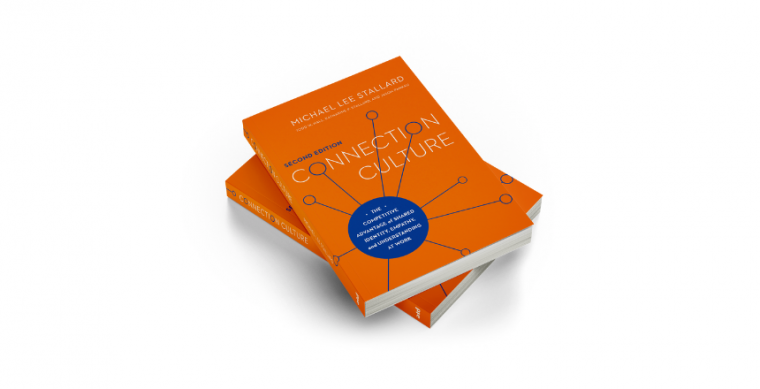
After Steph Curry’s phenomenal performance leading his team to win the 2022 NBA Championship and being named the 2022 NBA Finals Most Valuable Player, it’s abundantly clear that basketball is his superpower. But it’s not his only one.



Recently, I had the opportunity to speak with the hosts of the Beltway Broadcast, a podcast produced by the Metro DC Chapter of ATD. Our conversation covered a range of topics, including what to look for when evaluating the workplace culture of a potential employer, how to increase the odds of a colleague cooperating with you, how to build connections across departments, and more.

Emotions are contagious. For that reason, you need to pay attention to your own emotions and those of the people around you.
At work, how would you characterize the emotional state of your team? If you were to think of it as a river, is the quality of the water life-giving and invigorating, or some level of toxic? Is the water current robust or more of a trickle?

Do the people around you know that you are for them? Do they know whether you care about them, want them to be able to do their individual best, and will advocate for them? Having this assurance promotes a feeling of connection. It goes a long way in establishing trust and an environment of psychological safety. But if they don’t know with certainty that you are for them, they may feel you are indifferent to them (which is disconnecting) or assume, rightly or wrongly, that you are against them (which is very disconnecting).

If anyone has a pulse on the business book landscape, it’s Wally Bock. The author of the Three Star Leadership blog and a professional writing coach, Wally reads and reviews many books each year. His wisdom and practical advice have made his articles some of our readers’ favorites on the Connection Culture Group blog.
I was honored that Wally chose to include the second edition of my book Connection Culture: The Competitive Advantage of Shared Identity, Empathy and Understanding at Work on his list of the top 5 business books he read in 2021.
Check out Wally’s full review and see his other recommendations.

It’s one thing to know something intellectually—to learn interesting new data, to gain an understanding of why something works the way it does, to be inspired by a message—but if it stops there and you don’t develop heart knowledge, then you’re less likely to see meaningful or lasting change as a result. In our busy and full lives we need to engage both our head and our heart if something is going to “stick” and make a difference. It takes assent and action, knowing and doing, to arrive at “I understand. That makes sense. Now that I’ve experienced it, I get it.” Having a personal experience that validates or reinforces the head knowledge is often what it takes to know it in your heart and for the information to sink in and affect your attitudes, your words or your behaviors going forward.

Having a healthy workplace culture is important to the success of organizations in any sector, including the public sector.
PM Magazine, a publication of the International City/County Management Association (ICMA), recently explored the role culture plays in local government success. In the article, author Patrick Ibarra writes that while conventional wisdom seeks to address government challenges with additional resources, culture is actually the secret sauce to achieving higher levels of effectiveness. He also cites the Connection Culture framework as an example of the type of culture where government employees thrive.
You can read the full article on the ICMA website.

Is the relational culture of your group sabotaging creativity and innovation? I’m looking forward to speaking about this topic at the ATD 2021 International Conference next month in Salt Lake City.
Learn which culture sparks the identification of new products, processes, and organizational endeavors. I’ll also share which attitudes, language, and behaviors increase creative conversations and fuel innovation.
I hope to see you at the conference!